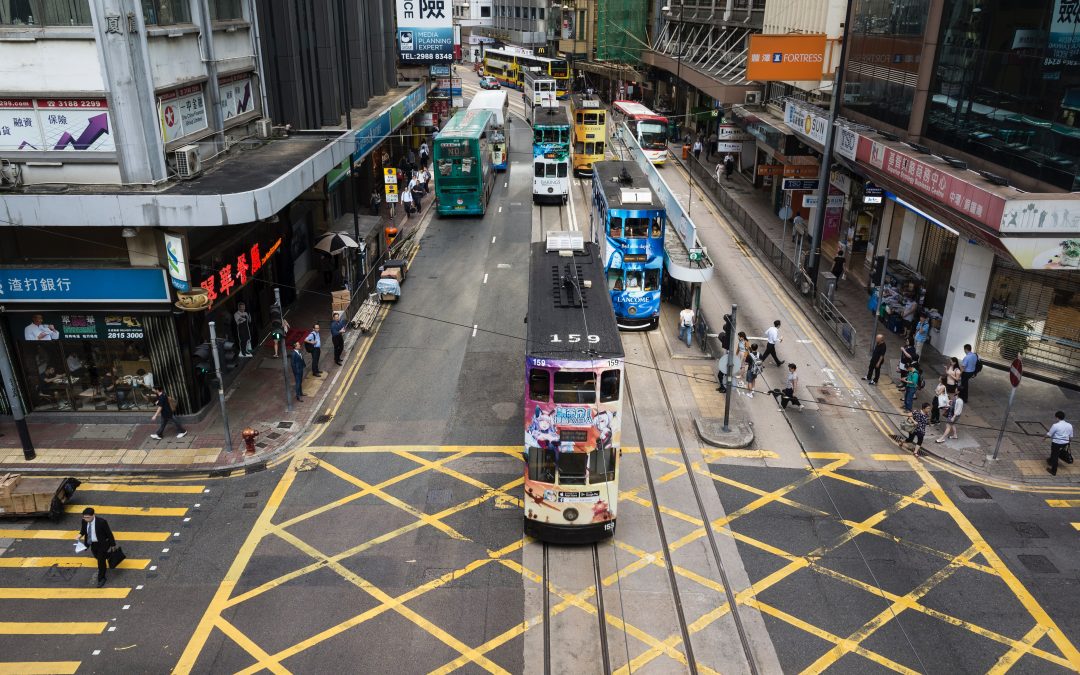“In 1921, the states of New York and New Jersey received consent from Congress to form an interstate agency to develop and modernize the entire port district in order to improve commerce and trade.” – Panynj.gov
That interstate agency stands today as Port Authority and serves as the metaphoric bridge for transportation between New York and New Jersey. Just recently New York City has agreed to a $10 billion facelift of the bus terminal, authorizing the first renovation since Port Authority’s origin.
At the Port Authority’s core, it helps open avenues for more commerce, grow transportation, and ignite the modernization of the surrounding area. The pricey redesign only hopes to help that mission.
Although, the city’s approach for choosing the design that will mask the new Port Authority terminal is quite unique. Officials are opening up a design contest for international architects, with the intent of choosing a winner by September.
Ultimately, once a design has been chosen, the Port Authority plans to progress construction over a decade until completed. The plan is launch a new station between Ninth and 10th avenues, just a block west of where the current terminal is.
Furthermore, city officials expect to sell air rights of the Port Authority terminal, in addition to the future condo tower that will be built in the area. Commercial sales and tenant rent will pay for about two-thirds of the new building’s cost, which sources estimate to be $10 billion according to the New York Post.
The current terminal handles more than 200,000 per day but it’s outdated and not built for the projected increases in traffic in the near future. Though, that doesn’t mean it hasn’t been more than valuable throughout its lifetime. The Port Authority is very important to the New York City community and it has been since throughout its history.
The Port Authority has been instrumental in the evolution of New York City transportation even outside of bus travel. In the 1940s the Port Authority, and deciding officials, anticipated the jet age and leased an airport from Newark, N.J., and two from NYC. This created a regional aviation network between Newark, LaGuardia, and JFK International airports.
In 1960, the Port Authority (again) helps progress transportation as a whole. The terminal acquired the Hudson and Manhattan Railroad to start operating the PATH rail transit system.
Over the next decade the terminal will build upon its original structure to improve the experience and travel of locals once more.
An earlier study on Port Authority from the Real Deal says that a full-scale replacement project would take 15 years to complete. By 2040, ridership is expected to climb another 51 percent., according to the New York Post.

